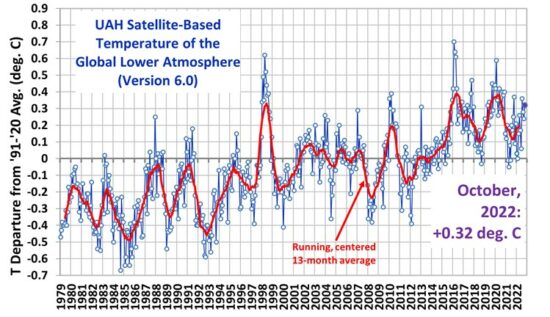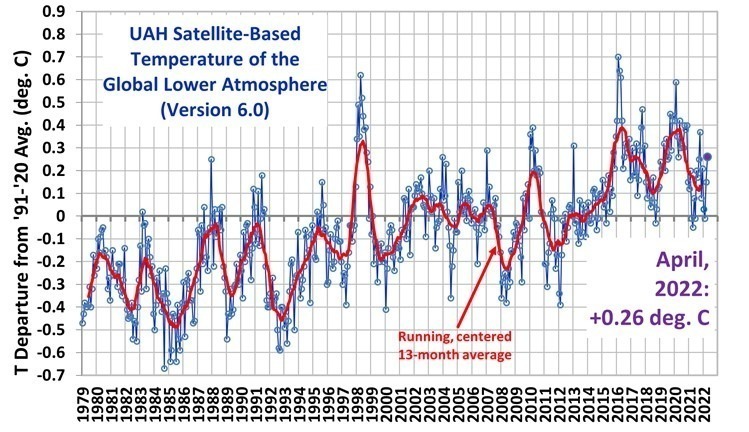In our terms, Electromagnetic Radiation appears in a range of frequencies and effects.
Much info to come –
Currently, the type designated “ionising” is the most damaging to humans and other animals, also flora.
We will gradually build up this topic as time permits.





This was an interesting read.I don’t itrenely agree with the thesis, as the author concerns himself with the behaviour of gases in isolation from the Surface and the additional confounding factor of state changes of water.My argument runs:1. The lower atmosphere is itrenely heated by energy fluxes from the surface. These are Direct Conduction (24W/m^2), Radiation (26W/m^2) and Condensing Water Vapour(78W/m^2). (Figures from IPCC AR4, WG1, Chapter 1).2. If the temperature of the air next to the surface drifts away from the temperature of the surface, the fluxes alter in a way which tends to oppose the drift. Basically the air near the surface is tied closely to the surface temperature.3. Although the exact change in evaporation with temperature is in dispute, the consensus is that it is between 2.5% and 6.5% per DegC. If you calculate the sensitivity of the Surface, using the flux balance equation, you get between 0.095 and 0.15 DegC/W/m^2. (This is half the sensitivity calculated by the author of the article, and half the sensitivity of the atmosphere at the Tropopause).4. Because the temperature of the air at the surface is tied to the temperature of the surface, its sensitivity must be the same as the surface.5. Energy imbalances at the tropopause or anywhere high in the atmosphere due to increased concentration of CO2 do not affect the surface, which is thermally and radiatively isolated from the upper atmosphere. The high sensitivity of the cold thin upper atmosphere does not control or affect the low sensitivity of the warm dense surface air.
Transferred to ‘Carbon Attack’ 3.2 Atmospheric effects.